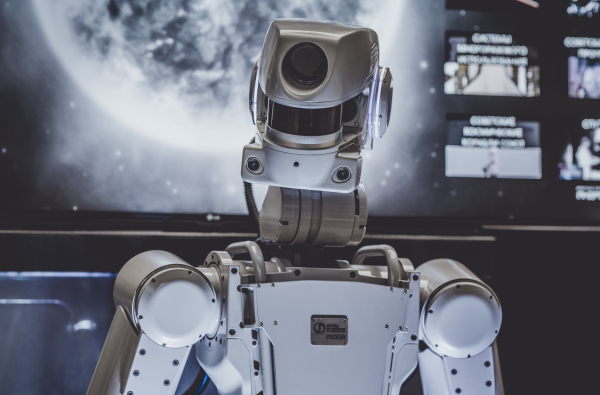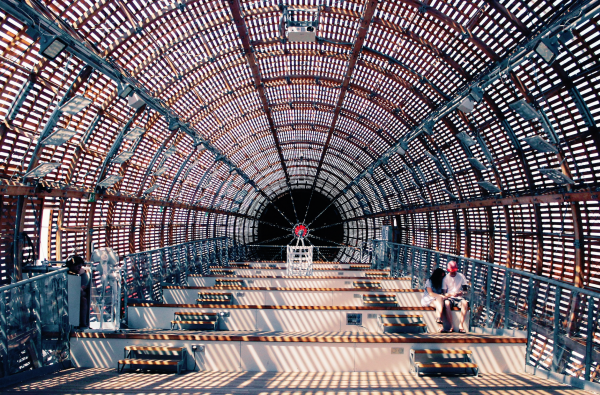Our technological Team at Opinno have been involved in some very special training. Members of our in-house consultants were showing banking executives around the approach that is Agile.
The training objective sought to furnish bank directors with a working knowledge of a methodology which includes Scrum, and to look at ways of implementing this approach in different departments of their organizations.
Agile is an approach to project management which is structured and iterative. It provides a methodology for self-organizing teams to respond to the volatility of product development. Scrum as a methodology defines how the approach develops the task a team might be involved in. The momentum of this approach is broken down into sprints, or bursts of regular, fixed-length intervals and imposes a regime of regular contact with a client.
Opinno’s job was to convert the banking professionals into ‘product owners’ of the philosophy that is Agile so that they might disseminate the methodology to their teams and other stakeholders in their institutions.

The project consisted of an approach called ‘Learning by Doing’, which gives trainees hands-on experience in problem-solving. It was split into three distinct phases:
-
The first phase was to inculcate trainees in the philosophy of Agile and its methodology of Scrum. What was key at this stage was how pertinent the profile of the Product Owner is in agile development teams, and the responsibilities that accompany that role, which include being able to articulate detailed user stories and participate in daily scrum rituals. A further key competency is being able to answer questions from the client as the product owner.

-
The second stage involved instruction through Design Thinking: this is a vision of the product from the client’s point of view, which involves the creation of new ideas and strategies, channeling methods which are redolent of how artists and designers have always responded to the creative urge. Further ideas referenced during this stage were the concepts of Lean Canvas and Customer Journey – both entrepreneur and customer-focused business templates. Lean Start-up and its methodology of product validation and risk-reducing strategies also constituted part of the training. The Minimal Viable Product or MVP was given a special mention here.
-
The third part of the project looked at aspects of Scrum from the point of view of the Product Owner, in particular, product backlog and sprint backlog as artefacts of Scrum and how to prioritize and elaborate both approaches. Trainees also looked at Planning Poker, a method commonly used in agile software development as well as Complexity Points, units of measurement used to estimate development work on a product.



